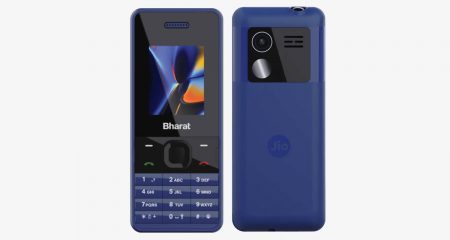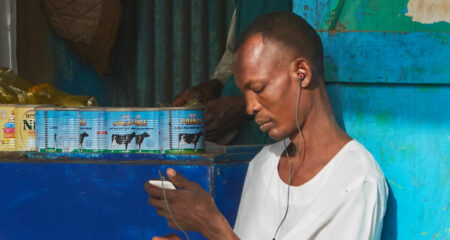 The Covid-19 pandemic has proven how undeniably essential digital connectivity and services are to keeping economies running and people connected. Thanks to smartphones and easy access to high-performance mobile broadband networks, most people are more digitally connected than ever before. There is, however, still a significant gap in access to technology and information across the globe. Nowhere is that gap more prevalent than in rural and emerging markets.
The Covid-19 pandemic has proven how undeniably essential digital connectivity and services are to keeping economies running and people connected. Thanks to smartphones and easy access to high-performance mobile broadband networks, most people are more digitally connected than ever before. There is, however, still a significant gap in access to technology and information across the globe. Nowhere is that gap more prevalent than in rural and emerging markets.
According to the World Economic Forum, 3.7 billion people still lack access to the Internet, with fewer than one in five people in the least-developed nations connected. Affordable, dependable mobile and broadband services are a lifeline, providing access to education, critical government and public services, and health care, as well as ensuring human connection, something easily lost in periods of prolonged isolation.
Operators face big challenges in delivering broadband services to rural areas due to the tremendous cost of building their networks into these more remote, less populated locations. The high cost for the operators often results in broadband services being prohibitively expensive for consumers and businesses in these markets. Device costs have also been an added deterrent to broadband adoption. Smartphones are the key to unlocking the value of broadband, but the price tag has hindered uptake in many rural and developing markets. Where broadband service has been available, mass adoption has been curtailed by these cost obstacles.
While the continued growth of wireless networks, particularly 4G and 5G, and strengthening competition in the infrastructure OEM space, has helped operators deliver broadband to new markets at a lower cost, the problem of device costs remains. Users in these newly developing markets need a device that will deliver all the benefits that broadband has to offer, but it needs to be at a price that they can afford. The answer for both operators and consumers lies in powerful yet affordable “smart feature phones”.
Smart feature phones are packed with an array of applications and cutting-edge features, as well as being built with high-quality hardware at an affordable price. With an accessible price, smart feature phones connect the unconnected and provide subscribers in emerging markets with a rich, digital experience with broadband-like access via existing 2G, 3G, and 4G/LTE mobile networks. These affordable devices make broadband capabilities and advanced features accessible for all users, particularly people in rural and underserved areas.
Seamless user experience
One-touch and single sign-on capabilities are some of the ways the smart feature phone delivers a seamless user experience, making it easy for users of all ages and abilities to use and understand the device. Smart feature phones support traditional voice and messaging, while adding video calling and rich messaging functionality.
High-demand services such as money transfer and online payments can be configured as easy-to-use one-touch features. The smart feature phone even enables movie streaming and other forms of entertainment directly from the device in a cost-effective manner. The extensive feature set and capabilities of the device make it appealing to subscribers, as well as present an attractive economic model for operators.
 Affordable, feature-rich smart feature phones create new opportunities for operators to expand and shape the user experience for their customers through an ecosystem of fully customisable applications. Operators can tailor their services and pre-load the phone with applications that their unique users want, allowing them to expand their range and increase subscriber growth in rural and emerging markets. Smart feature phones allow operators to create new revenue streams through white-labelled applications that drive customer engagement and broadband usage.
Affordable, feature-rich smart feature phones create new opportunities for operators to expand and shape the user experience for their customers through an ecosystem of fully customisable applications. Operators can tailor their services and pre-load the phone with applications that their unique users want, allowing them to expand their range and increase subscriber growth in rural and emerging markets. Smart feature phones allow operators to create new revenue streams through white-labelled applications that drive customer engagement and broadband usage.
The smart feature phone is more than a handset. It is a premium device that brings leading-edge features and capabilities to the masses and enables subscriber growth, new revenue streams and increased broadband usage for operators, all while providing the connectivity that all people need to fully participate in society.
Digital Transformation World Summit
Join Radisys and Reliance Jio on 29 October for a presentation during Digital Transformation World Summit to learn more about the opportunities a smart feature phone can provide to operators. The presentation will feature a discussion on a new model based on real-world deployments which can unlock the potential for massive subscriber growth in various regions.
- Article written by Aniel Jhingoeri, head of Europe, Middle East and Africa sales & head of embedded platforms and digital endpoints business, Radisys, and Nathan Smith, vice president of product and business development, Reliance Jio
- This promoted content was paid for by the party concerned




